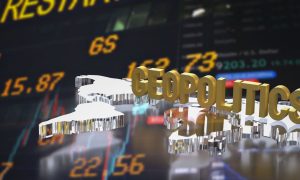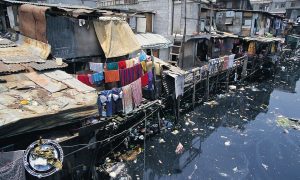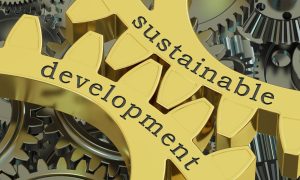Ever wondered how nations can progress without destroying what makes our planet habitable? This question isn’t just academic—it’s arguably the most critical challenge facing governments today. In this article, I’ll walk you through the practical strategies countries use to grow sustainably. You’ll learn about balancing economic priorities with environmental protection, the social factors determining success, and how international cooperation plays a crucial role in sustainable development. By the end, you’ll understand the concrete steps nations can take to prosper without compromising the future.
Key Principles of Sustainable Growth
Balancing Economic, Environmental, and Social Factors
Let me tell you something most economists won’t: sustainability isn’t just about protecting trees. The truth is more complex. Countries growing sustainably create a three-way balance between economic advancement, environmental stewardship, and social progress. This triple-bottom-line approach isn’t easy to implement but is essential.
I’ve seen firsthand how nations that neglect any of these pillars eventually hit roadblocks. Take Norway as an example. They’ve leveraged their oil wealth while investing in renewable energy and maintaining robust social safety nets. Their sovereign wealth fund, now worth over $1.4 trillion, ensures that today’s resource exploitation benefits future generations too. This careful balancing act has given Norway consistent rankings of human development indices.
The secret sauce? Policy coherence. Sustainable growth becomes possible when environmental regulations support rather than obstruct economic goals, and social programs strengthen rather than drain the workforce. Countries need coordinated policies that recognize these interconnections instead of treating each domain as separate.
Aligning with the 2030 Agenda for Sustainable Development
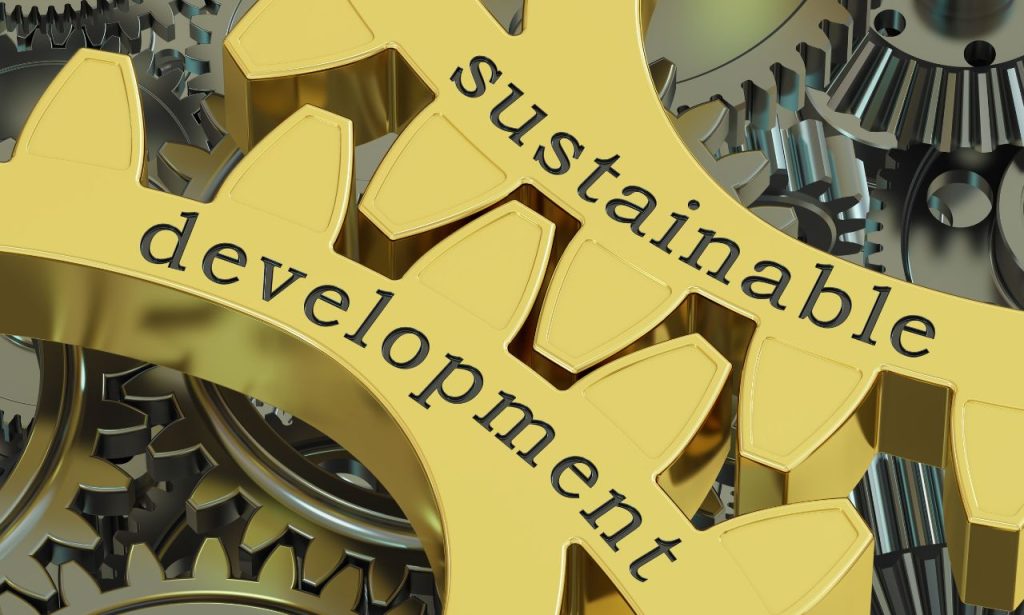
You’ve probably heard about the UN’s Sustainable Development Goals (SDGs), but you might not know how they’ve quietly revolutionized development planning worldwide. The 2030 Agenda provides a ready-made framework that countries increasingly incorporate into national policies.
Rwanda stands out in this regard. Following the devastating genocide of 1994, the country has transformed its development approach. Their Vision 2050 plan explicitly incorporates SDG targets, focusing on reducing poverty, improving healthcare, and building climate resilience. The results speak for themselves—Rwanda has maintained GDP growth rates above 7% for years while expanding forest cover and reducing carbon emissions.
What makes the 2030 Agenda particularly valuable is its emphasis on measurement. You can’t manage what you don’t measure, and the SDGs’ 231 indicators give countries practical metrics to track progress. This accountability mechanism helps governments stay focused on long-term goals despite short-term political pressures.
Economic Development Strategies
Growing economies sustainably requires fundamentally different approaches than traditional development models. I’m not talking about modest adjustments—I mean complete paradigm shifts in how we think about economic progress.
Resource efficiency must become the cornerstone of any sustainable economic strategy. Countries can no longer afford the “take-make-waste” model that characterized early industrialization. Instead, circular economy principles that minimize waste and maximize resource reuse are proving more viable. Finland’s roadmap to a circular economy aims to create €3 billion in added value by 2030 through this approach.
Green technologies represent another game-changing opportunity. When Costa Rica invested heavily in renewable energy, many skeptics thought it would hamper growth. Fast forward to today: they generate 99% of their electricity from renewable sources, have slashed energy costs, and created thousands of green jobs. Their economy has grown steadily while their carbon footprint has shrunk—proving that environmental and economic goals can align perfectly.
Financial innovation plays an equally important role. Green bonds, sustainable investment funds, and climate risk insurance create new financing channels for sustainable projects. The green bond market alone exploded from $11 billion in 2013 to over $290 billion in 2024. These instruments connect hungry global capital with sustainable development opportunities, particularly in emerging markets where traditional financing remains scarce.
Social Considerations
The social dimension of sustainable growth is often overlooked, but it is the glue that holds everything together. Even the most brilliant economic and environmental policies will fail without addressing social factors.
Inclusive growth isn’t just a buzzword—it’s a practical necessity. When large segments of a population are excluded from economic opportunities, nations waste human potential and create conditions for instability. Countries like Uruguay have demonstrated that inclusive policies—expanding social protection, investing in education, and reducing inequality—create more resilient economies and stronger growth over time.
Access to basic services determines whether development benefits reach everyone or just a privileged few. Investments in healthcare, education, and infrastructure might seem like costs in the short term, but they generate enormous returns. South Korea’s economic miracle was built on near-universal access to quality education, which created the skilled workforce needed for its knowledge economy.
Institutional capacity often makes the difference between successful, sustainable development plans and paper dreams. Countries need robust institutions that can implement complex policies, resist corruption, and adapt to changing circumstances. Botswana’s careful management of diamond revenues through strong institutions has enabled it to avoid the “resource curse” that has plagued many other resource-rich countries.
International Cooperation and Policy Alignment
I’ll be blunt: no country can achieve sustainable growth alone. The challenges are too big and too interconnected. International cooperation isn’t optional—it’s essential.
Multilateral Development Banks (MDBs) provide crucial financial and technical support for sustainable development. The World Bank’s $200 billion commitment to climate finance between 2021 and 2025 is funding transformative projects across developing countries. However, the knowledge transfer that occurs through these partnerships is even more valuable than money.
Climate finance represents another vital area for cooperation. Developed nations are helping vulnerable countries adapt to climate impacts and transition to low-carbon pathways through mechanisms like the Green Climate Fund. When the Maldives received support to develop floating solar technologies, they reduced their carbon emissions and dependence on expensive imported fuels—a win-win scenario.
Technology transfer accelerates sustainable development by allowing countries to leapfrog over outdated, polluting technologies. Look at how mobile banking spread across Africa, enabling millions to access financial services without traditional banking infrastructure. Similar leaps are happening with distributed renewable energy systems and precision agriculture.
Measuring and Monitoring Progress
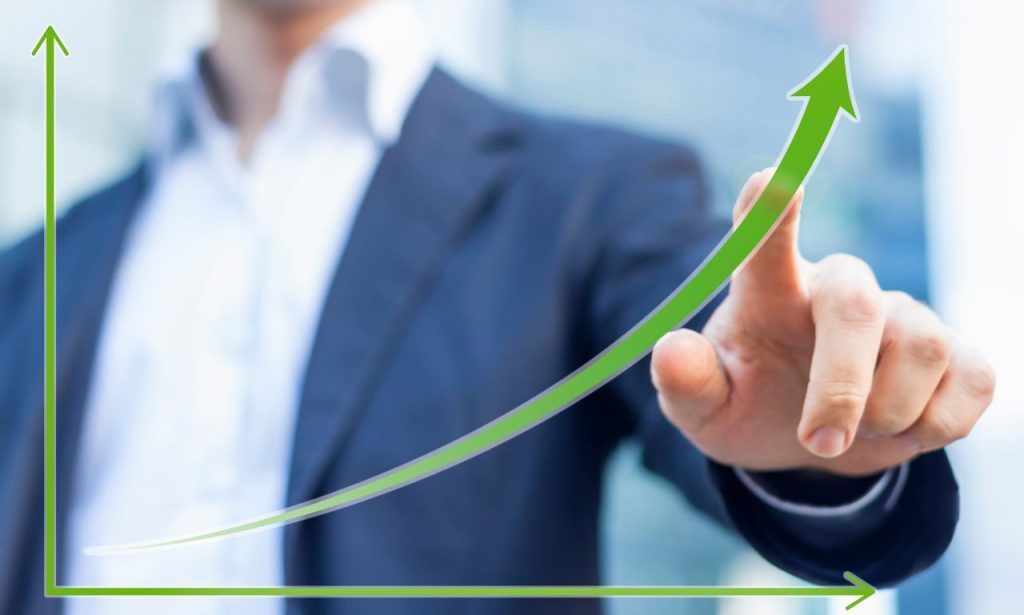
You can’t improve what you don’t measure. That’s why effective frameworks for tracking sustainable development are critical.
The SDG indicator framework provides a comprehensive set of metrics covering all aspects of sustainable development. Countries like Indonesia use these indicators to identify gaps, prioritize investments, and track progress. Their SDG Action Plan has become a central document guiding policy across government departments.
Beyond GDP measures, they increasingly complement traditional economic statistics. Bhutan famously pioneered the Gross National Happiness index, but even more mainstream economies are adopting broader measures. New Zealand’s wellbeing budget explicitly targets social and environmental outcomes alongside economic ones.
Data transparency creates accountability and drives progress. When Colombia made its environmental and social data publicly available through its SIAC platform, it empowered citizens and civil society to hold decision-makers accountable. This public pressure has accelerated sustainable development initiatives across the country.
Conclusion
Sustainable growth isn’t just possible—it’s happening right now in countries that have embraced the right principles and strategies. The path forward requires balancing economic, environmental, and social factors while engaging in meaningful international cooperation. Countries can achieve lasting prosperity by measuring progress honestly and adapting strategies based on evidence.
The transition will not be easy or quick. It demands political courage, innovative thinking, and long-term commitment. However, the alternative—continued unsustainable growth—is not an option if we want to leave a livable planet for future generations.
What steps is your country taking toward sustainable growth? The answer to that question will shape our collective future more than any other.
ALSO READ: What are the Potential Business Threats?
FAQs
Sustainable growth balances economic development with environmental protection and social progress, meeting present needs without compromising future generations’ ability to meet their needs.
Developing countries can’t afford not to. Sustainable approaches reduce long-term costs, build resilience, and often provide access to special financing that traditional development paths don’t offer.
Renewable energy creates more jobs per dollar invested than fossil fuels, reduces energy import dependencies, and shields economies from fossil fuel price volatility.
Businesses drive innovation, implement sustainable practices at scale, and can mobilize private capital toward sustainability goals when proper incentives are in place.
Citizens can demand accountability from leaders, shift consumption patterns, support sustainable businesses, and participate in community-level sustainability initiatives.

